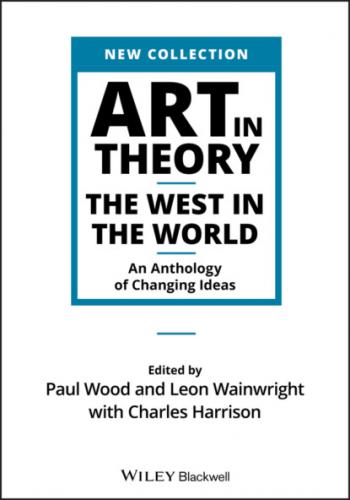1The Indian Queen was a play co‐authored by Dryden, first performed in London in 1664.
IC14 Charles Perrault (1628–1703) from Parallel of the Ancients and Moderns
Perrault’s text is concerned with the important seventeenth‐century debate on the relative eminence of the Ancients and the Moderns, in science, art and philosophy. Because of its centrality to seventeenth‐century art theory, an extensive selection can be found in Art in Theory 1648–1815 IA7 (pp. 53–62). However, a short passage also bears upon the concerns of the present anthology. Almost in passing it gives early articulation to a view of the art of China (and, by implication, anywhere else outside the orbit of the academic tradition) which became the European default position for at least the next two hundred years. Perrault’s protagonist in his staged debate believes that art has progressed. The sixteenth‐century High Renaissance art of Raphael and Titian sets the standard. He acknowledges that ‘some years before’, a skilful art had existed. Because of his emphasis on observed detail, it is probable that he is referring to Northern Renaissance masters such as Van Eyck in the late fifteenth century. His clinching point is that the Chinese too have such an art. But whereas European art has progressed, Chinese art has not. It lacks the wider attributes of the academic canon, particularly shading (‘chiaroscuro’) and perspective, to give the illusion of three‐dimensions on a flat surface and a coherent unified composition building to a visual climax. At a stroke, the position is established that other arts are not merely different from but deficient with respect to post‐Renaissance Western art. The passage comes from the ‘Second Dialogue on the Three Visual Arts’ of Perrault’s Parallel of the Ancients and Moderns, published in 1688. It can be found in Art in Theory 1648–1815, IA7, p. 57. The text was translated for Art in Theory by Chris Miller.
Some years before Raphael and Titian, there were paintings made – they still survive – the principal beauty of which lies in the fineness of line; you can count every hair in the beard and on the head of each figure. Though Chinese art is very ancient, they have remained at this stage. They will, perhaps, soon learn to draw properly, to place their figures in noble attitudes, and attain exact expressions of all the passions. But it will be a long time before they attain a perfect understanding of chiaroscuro, the degradation of light, the secrets of perspective and the judicious organization of a large composition.
IC15 William Temple (1628–99) On the distinctiveness of Chinese gardens
Sir William Temple was an English diplomat of Irish descent who played an important role in the passing of the English throne to William of Orange after the Glorious Revolution. He subsequently retired from public life and lived quietly on his country estate enjoying his garden. Temple’s essay ‘Upon the Gardens of Epicurus, or of Gardening in the Year 1685’ is a thesis about the requirements for a human life well‐lived. Going beyond the passing needs of business and commerce, he sees fulfilment as something to be gained through contemplation and pleasure: pleasure of both the senses and the imagination, to be found in the experience of beautiful buildings, paintings, sculptures, tapestries and gardens. Temple traces the garden through antiquity, and indeed back to the Garden of Eden, but acknowledges that the idea of a garden as a kind of living symbol of Paradise originates in ancient Persia. He also offers suggestions for what makes a good garden in his own day, but adds that there can be exceptions to these rules, the principal one of which is to be found in China. The informality and apparent lack of order in a Chinese garden points to something different from what was then the norm in Europe. Interestingly, for Temple, this alternative aesthetic can also be found in other examples of Eastern material culture – he mentions Indian textiles, and Chinese painted decoration on both screens and porcelain. By his own admission, Temple had not seen Chinese gardens as such; he relied on the accounts of others, which goes some way towards explaining his invocation of ‘sharawadgi’ as a concept designating the paradoxical mixture of harmony and irregularity in Chinese gardens, as distinct from the geometry favoured in contemporary European garden design. The etymology of the term is uncertain; it may have Japanese rather than Chinese roots, and may have come to Temple via conversations with Dutch East India merchants during his time in the Netherlands. Be that as it may, the term entered the English language to refer to informality and irregularity in design. The present extracts are taken from the second essay in Temple’s Miscellanea: The Second Part. In Four Essays, 2nd edn, London, 1690, pp. 95–7, 119–20, 126–9, and 131–2.
If we believe the Scripture, we must allow that God Almighty esteemed the life of man in a Garden the happiest He could give him, or else He would not have placed Adam in that of Eden; that it was the state of innocence and pleasure; and that the life of husbandry and cities, came in after the Fall, with guilt and with labour.
Where Paradise was, has much been debated, and little agreed; but what sort of place
